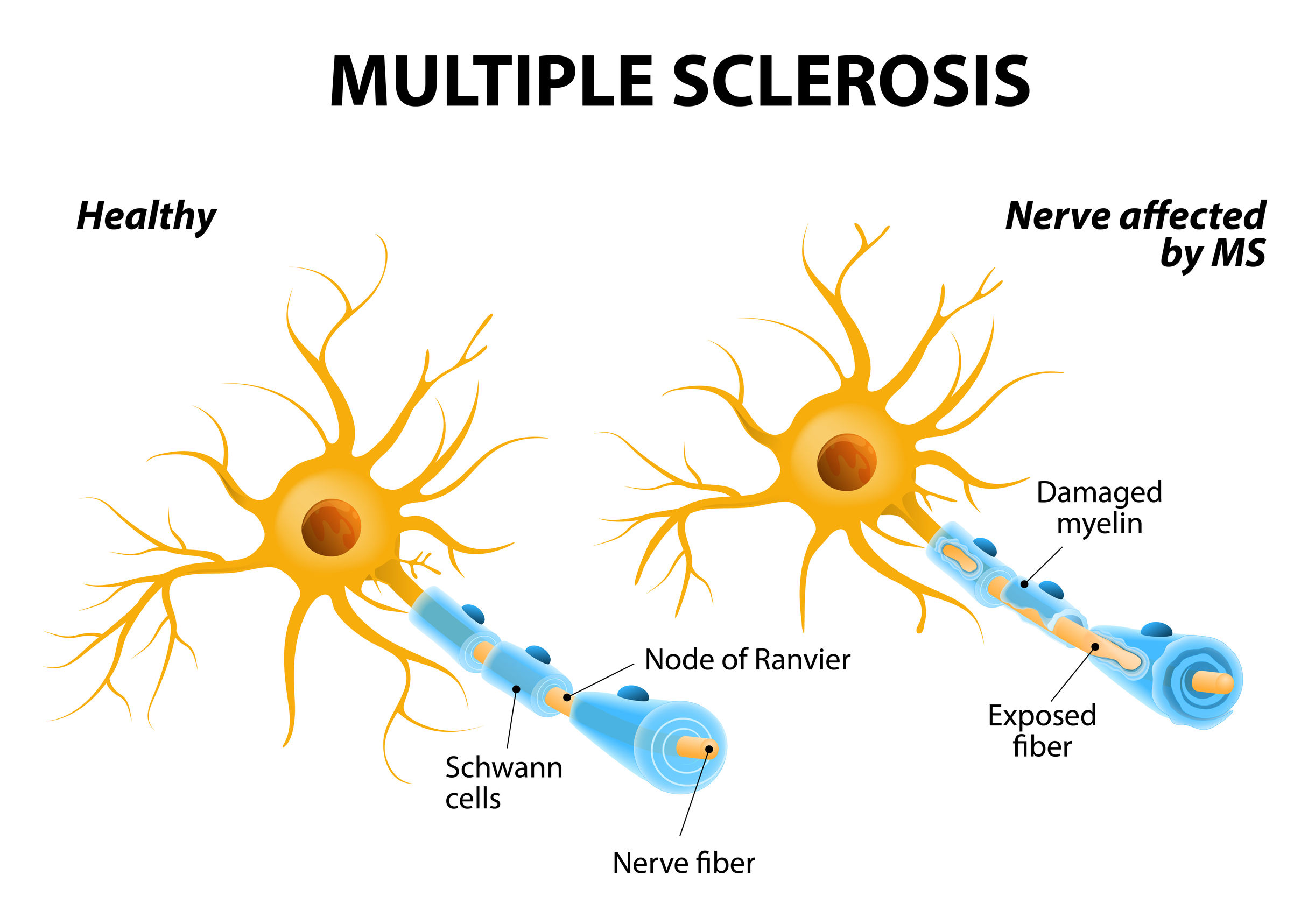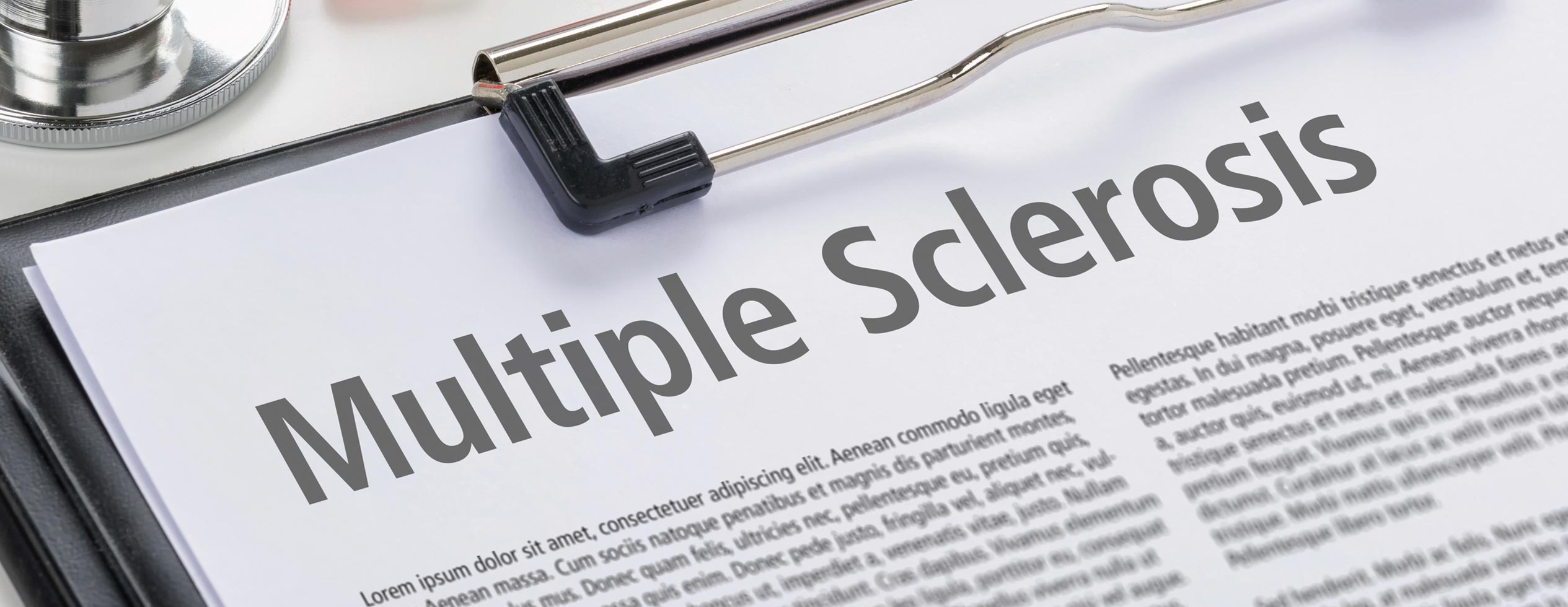Multiple Sclerosis
Multiple Sclerosis (MS) is an autoimmune condition in which the immune system attacks the central nervous system (CNS), leading to demyelination of focal areas and inflammation. Most common debilitating neurological diseases in young adults. The pathogenesis of the disease unclear and etiology seems to dependent on genetic and environmental factors.
Experimental Allergic Encephalitis (EAE) is a well-established animal model of MS, resembles specific features similar to histopathology and neurobiology in humans. EAE induced in laboratory animals to investigate therapeutic properties of new drugs and formulations. EAE models help in understanding the mechanisms of T-cell-mediated immune damage of the CNS, and the associated factors to the cascade of innate immunity. EAE induced in a number of different animal species but, mice and rats are the most commonly used species. Invitek offers following EAE models in Rodents

MBP (Myelin Basic Protein) induced EAE in Rats
The Lewis rats immunized with Myelin basic protein (MBP) in Freund’s adjuvant, injected subcutaneously into the subplantar region of the hind paw. Clinical symptoms start developing around day 10 with the loss of tail tone “limp tail” and hind legs paralysis by day 14. The peak period is around day 14/15 and then animal starts recovering. This is an acute model of EAE.
Therapeutic properties of new drugs and formulations can evaluate in this model, in a preventive as well as curative approach. Test article can dose via either of the routes of the administration [PO, IP, and SC]. Body weight loss and the clinical sign of symptoms observed on regular basis.This model is approximately 21 days long
MOG (Myelin Oligodendrocyte) induced EAE in Mice
EAE induced in C57BL/6 mice by immunization with MOG peptide (35-55) in CFA (complete Freund’s adjuvant) with Mycobacterium tuberculosis and Pertussis toxin. Result in a paralytic condition, start with tail muscle “limp tail” and hind legs, then paraplegia with severe forelimb weakness. The symptoms start appearing 8 to 14 days after immunization and stay chronically paralyzed for the duration of the experiment
Therapeutic properties of new drugs and formulations can evaluate in a preventive as well as curative approach. Test article can dose via either of the routes of the administration [PO, IP, and SC]. Body weight loss and the clinical sign observed daily. This model is approximately 35 to 36 days long
PLP (Proteolipoprotein) induced EAE in Mice
This model resembles the remitting-relapsing form of MS. EAE induced in SJL mice by immunization with PLP peptide (139-151) in CFA (complete Freund’s adjuvant) containing Mycobacterium tuberculosis and Pertussis toxin. Result in a paralytic condition. The symptoms start appearing 11 to 14 days after immunization, and peak reaches around 20 to 21 days and then they start recovering fully or almost fully from the first wave of paralysis. After a disease free period of 10 to 14 days, the second wave of paralysis (relapse) started and peak reaches around 40 to 42 days.
Mice started treating with potential therapeutic from the day of immunization as “preventive treatment” to test the effect of the test article on the development of the first wave. Whereas, treatment can also start at the onset of the clinical sign of EAE to test the effect of the test article on the development of the second wave of paralysis. This model approximately 25 to 50 days long.
EAE –using MSCH (Mouse Spinal Cord Homogenate) in Mice
EAE induced in SJL mice by immunization with MSCH, myelin and myelin component in CFA (complete Freund’s adjuvant) with Mycobacterium tuberculosis and Pertussis toxin. Result in a condition similar to those of MS. Start with tail muscle “limp tail” and hind legs, then paraplegia with severe forelimb weakness. Induction of EAE depends on the concentration of pertussis toxin. New drugs and formulations can evaluate in a preventive as well as curative approach. Test articles can dose either of the routes of the administration [PO, IP, and SC]. Body weight loss and the clinical sign and symptoms observed daily. This model approximately 21 days long.


